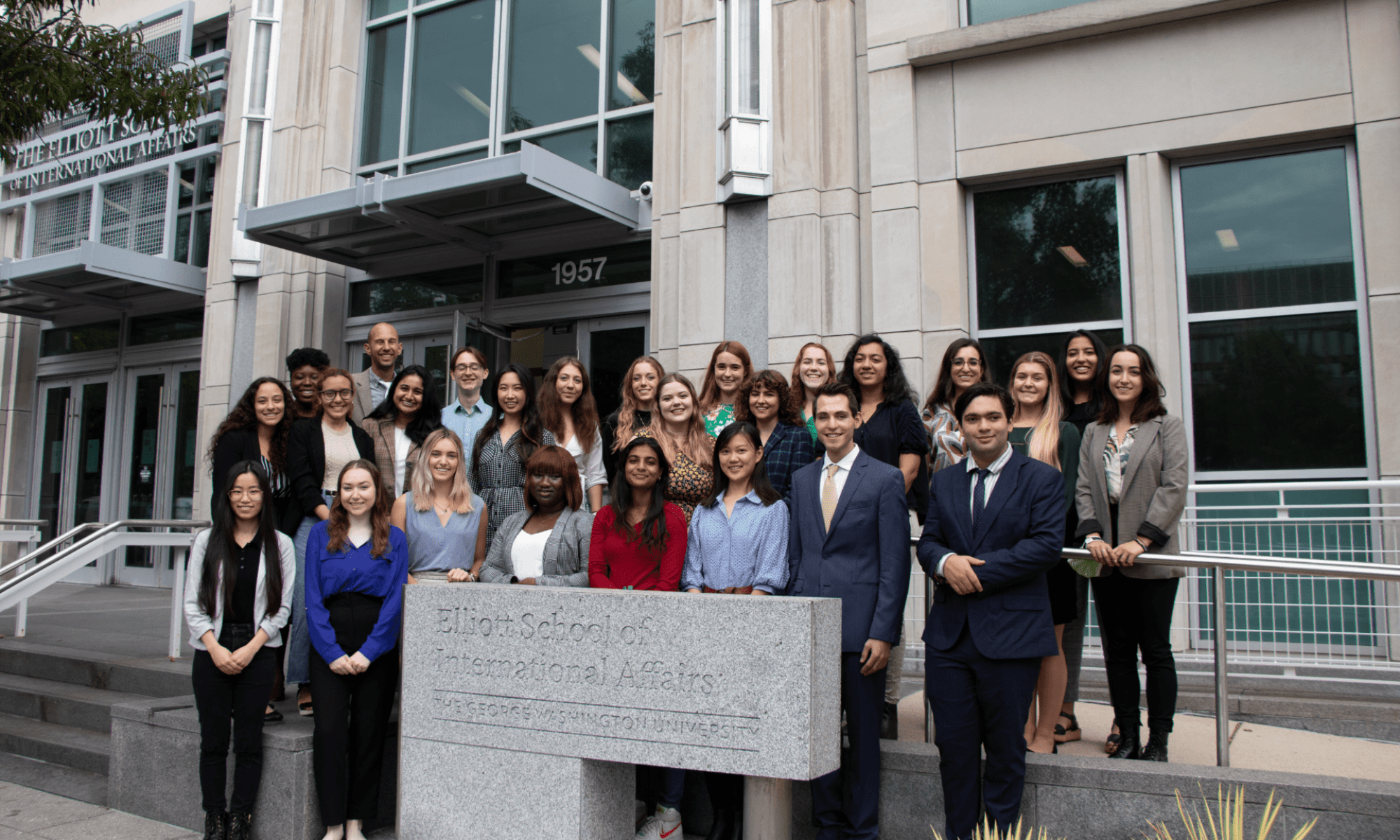Author: Nicolas Reeves
Date Published: 28 September 2021
In the winter of 1838-1839, a detachment of Mohammed Ali Pasha’s Egyptian army marched north from Aqaba to Petra, whose Nabataean ruins had become a sought-after travel destination for European orientalists after Swiss explorer Johann Ludwig Burckhardt “rediscovered” the city in 1812. The troops’ mission was to subdue a small local tribe that had caused some unrest in the area for charging these visitors exorbitant fees to guarantee safe passage to the ruins.1
The Egyptians were forced to retreat soon after arriving in Petra, a shocking setback for a force that had driven the army of Sultan Mahmud II out of Ottoman Syria just six years before, nearly overrunning the imperial capital of Constantinople in the process. John Kinnear, a Scottish traveler who visited Petra that year, recounted the misery the troops experienced as they camped among the city’s Nabataean ruins:
For several days the valley appeared to be entirely deserted, and, but for the little cultivated spaces among the ruins, as utterly desolate as if it had remained for ages unoccupied except by the vultures, which wheeled their airy circles over the ruined city. Not a night however passed during which some of the tents were not robbed, and the arms stolen, as if by some invisible hand; and even one or two soldiers, who had imprudently strayed from the encampment, were carried off, and never returned.2
This “invisible hand” belonged to the Bdoul tribe, whose leader was the inimitable Sheikh Imqaibel Abu Zeitun al-Fuqara. By foiling the Egyptian punitive expedition, Abu Zeitun reaffirmed the Bdoul’s sovereignty over Petra, and with it, the tribe’s right to extract payments from foreigners who came to visit the city.
Figure 1: A map of the Petra region.
One hundred eighty years later, the situation could not be more different. During his reign, Abu Zeitun’s might had relegated the Layathna tribe of Wadi Musa to cultivating the distant land around al-Hayy (see Figure 1). However, the reestablishment of Ottoman rule over Syria after the Egyptians vacated the Levant in 1841 eventually precipitated a shift in the balance of power between the tribes of the Petra region.3 Today, the Layathna dominate Petra’s administrative apparatus, called the Petra Development and Tourism Region Authority (PDTRA). Compared to other groups in the Petra region, Wadi Musans also enjoy unparalleled access to work as tour guides, souvenir sellers, hotel managers, restaurant owners, and other forms of formal employment within the tourism industry.4 Moreover, PDTRA officials, Layathna sheikhs, and entrepreneurs from the tribe challenge the legitimacy of Bdoul efforts to benefit economically from visitor flows to the city, describing their work in the tourism sector as “destructive,” “illegal,” and fomenting “chaos.”
Layathna entrepreneurs even cast doubt upon the Bdoul’s status as members of the region’s indigenous community. In 2019, for instance, Abu Dhiab, a Layathna tribesman who sells horse rides to tourists, remarked to me:
A long time ago, Petra was ruled by the Ottomans. The Layathna were the ones who fought and removed the Ottomans from Petra. Because of this, Emir Abdallah [the founder of Jordan] gave Petra to the Layathna…. The Bdoul came to Petra between 1935 and 1940. Before that, they lived [80 kilometers to the south,] in al-Hamayma.5
Why is it possible for Layathna narratives to baselessly question the legitimacy of the Bdoul’s identity and history in the region? To answer this question, it is instructive to explore how power and discourse create and legitimize historical “realities” in the present day.
As part of the semi-structured interview method that I employed during my 2018-2019 fieldwork in Petra, I asked study participants the following question: “What is your tribe’s history in Petra?” Invariably, the Layathna sheikhs with whom I spoke responded with stories about their parents’ and grandparents’ armed resistance to the Ottomans during the Great Arab Revolt, framing their ancestors as the defenders of Petra. Sheikh Abdelqader al-Hassanat stated,
The Turks did not enter Wadi Musa. They only made it as far as the hills surrounding it, for the tribes had gathered, and by the Grace of God the Almighty, the Turks did not enter the region. Large numbers of them died, but they did not enter. In the final years of the Ottoman Empire, there was tyranny and oppression, so the Wadi Musans resisted; the sheikhs of Wadi Musa refused these politics.
When I asked Sheikh Abdelqader to elaborate on the history of the Bdoul, his lips twisted into a faint smile. “I don’t know,” he said.
Sheikh Ali al-Bdoul, on the other hand, answered my question about his tribe’s history in Petra as if he knew that I had already spoken with sheikhs and entrepreneurs of the Layathna. Through his historical account, he emphasized his tribe’s connection to the land:
The graves of the grandfathers of our grandfathers are below; they are inside Petra, next to Jabal Haroun. Listen: Wadi Musa…Wadi Musa used to belong to [Sheikh] Auda Abu Taya [of the Howeitat tribal confederation]. He was a companion of Sharif Ali [the eldest son of Sharif Hussein of Mecca and one of the leaders of the Great Arab Revolt]…. We, the people of Wadi Musa, and the people of Baydha all took orders from Auda Abu Taya.
By claiming that “the people of Wadi Musa…took orders from Auda Abu Taya,” Sheikh Ali questioned the Layathna’s historical sovereignty over the Petra region, as well as the tribe’s claimed instrumentality in protecting the area from Turkish tyranny. In doing so, however, Sheikh Ali also placed the Layathna at the center of his narration of the Bdoul’s past. This contrasts sharply with Sheikh Abdelqader’s candid response of “I don’t know” to my question about Bdoul history.
In his study of the Kabyle people of Algeria, Pierre Bourdieu posited that “to make someone a challenge is to credit him with the dignity of a man of honour, since the challenge, as such, requires a riposte and therefore is addressed to a man deemed capable of playing the game of honour.” Moreover, “there is nothing worse than to pass unnoticed: thus, not to salute someone is to treat him like a thing, an animal….” By excluding the Bdoul from his historical narrative, Sheikh Abdelqader forces the tribe “to pass unnoticed,” thus rejecting the supposition of an equality of honor contained in Sheikh Ali’s account, in which claims of Layathna weakness play a central role.6
More fundamentally, however, the extent of Bdoul marginalization in Petra is encapsulated less in what Sheikh Ali did say than in what he did not say. Although the Great Arab Revolt took place during a time of Layathna dominance and Bdoul weakness, Sheikh Ali nonetheless focused his narrative of the Bdoul’s history on the years surrounding this event. In other words, Sheikh Ali’s choice reveals that in Petra’s discursive environment, even stories that only tangentially connect the Bdoul to the Revolt are valued as a greater source of present-day legitimacy than oral histories about the exploits of Sheikh Abu Zeitun and other protagonists of the tribe’s golden age.
The reason for this has to do with the tribal balance of power in Petra today, and with its reinforcement on the national level through historical narratives propagated by the Hashemite regime. Not coincidentally, this regime discourse positions the Hashemite-led Great Arab Revolt as the turning point in Jordan’s history. In this telling, “the four centuries of Ottoman rule, (1516-1918 CE) were a period of general stagnation in Jordan.”7 They were brought to an end when, “seeing an opportunity to liberate Arab lands from Turkish oppression…Sharif Hussein bin Ali, Emir of Mecca and King of the Arabs (and great grandfather of King Hussein), launched the Great Arab Revolt.”8 Replicated and reinforced through school curricula, national holidays, memorials, and museum exhibitions, this narrative valorizes the efforts of Layathna sheikhs “to liberate Arab lands from Turkish oppression.” Concurrently, this narrative accords only secondary importance to the stories of Sheikh Abu Zeitun, Bdoul dominance over Petra, and other events occurring during the centuries of “stagnation.” Though the Hashemite historical narrative is not the only factor contributing to Bdoul marginalization in Petra in the present day, its pervasiveness and exclusivity helps erase the tribe from Petra’s history, legitimizing unfounded claims like “the Bdoul came to Petra between 1935 and 1940.”
* * *
On April 11, 2021, the Hashemite Kingdom of Jordan marked the 100th anniversary of its founding. Central to this celebration was the principle of “The One Family,” which, according to the official website of the centennial festivities, refers to “the melting together of the society’s various elements, irrespective of their origin and affiliation, to form a single Jordanian family, unique in its unity, diversity, and stability.” Al Oudat and Alshboul (2010) and Massad (2001) have criticized previous iterations of this melting-pot rhetoric in Jordan. After all, “unity, diversity, and stability”9 are not transformative goals; rather, these words describe a social contract that fails to address the economic and/or political exclusion suffered by Palestinian-Jordanians, refugee communities, and even East Bankers—so-called “ethnic Jordanians”—hailing from less influential families.10
Building on this argument, I have shown here that the dominant historical narrative in Jordan advances an exclusionary discourse that makes it difficult even for some East-Bank tribes—the Bdoul being a case in point—to root their group identities in contributions to past events that helped shape the country’s present. To realize the qualities of “unity” and “diversity” associated with “The One Family,” a more objective, regime-led reckoning with Jordan’s Ottoman past is necessary. In addition to bringing the pasts of certain marginalized groups of “ethnic Jordanians” into the historical mainstream, such a re-engagement with this time period would also bring to light, for instance, the role that trade with Palestinian and Syrian cities played in the development of the Jordanian story. As for the Bdoul and the Layathna, this author is under no illusions that a more objective Hashemite recounting of Jordan’s Ottoman past would single-handedly resolve the intertribal disputes and inequalities that feature in Petra’s tourism economy today. Nevertheless, such a change would begin to level the playing field between the two tribes. By rooting the golden ages of both the Bdoul and the Layathna in the official historical discourse, the regime narrative would confer equality of honor, and with it, legitimacy, upon each tribe’s claim to Petra, Jordan as its ancestral homeland.
Endnotes
- A long-form, Arabic-language version of this article will appear in Abhath al-Yarmouk: Humanities and Social Sciences Series in 2022 under the title, “Bayn al-mādi wal-ḥādir: Ḥikāyāt abnāʾ qabīlatay al-Bidūl wal-Layāthna al-tārīkhiya wa ahmiyatuha al-mustamira fī al-ʿaṣr al-rāhin [Between past and present: The oral histories of the Bdoul and Layathna tribes and their ongoing importance today].”
- John Kinnear, Cairo, Petra and Damascus: Remarks on the Government of Mehemet Ali and on the Present Prospects of Syria (London, John Murray, 1841): 161–162.
- Kenneth Russell, “Ethnohistory of the Bedul Bedouin of Petra,” Annual of the Department of Antiquities of Jordan 37, no. 1 (1993): 25–28.
- Nicolas Reeves, “Shaykhs and tribal entrepreneurs: Tribal hierarchies, governmental development policies, and the struggle over representation in Petra’s tourism economy,” Oxford Middle East Review 4, no. 1 (2020).
- I have used pseudonyms in place of the legal names of all individuals whose quotations appear in this article.
- It is worth noting that the narratives of both Sheikh Abdelqader and Sheikh Ali contain falsehoods. It is untrue that “the Turks never entered Wadi Musa.” In fact, al-Hayy, the historical home of the Layathna, became the center of the Wadi Musa subdistrict of the Ottoman district of Ma’an. A sheikh of the Layathna even became the Ottomans’ tax collector. As for Sheikh Ali’s account, the Layathna paid khawa, a type of protection tax, to the Ibn Jazi Howeitat, who were led by ‘Arar ibn Jazi, not Auda Abu Taya, who led the rival Abu Taya branch of the Howeitat. Thus, it would be more accurate to say that Wadi Musa belonged to ‘Arar, though even that statement does not appear to reflect the reality experienced in Wadi Musa by the 1890s, when the Ottoman sub-district of Wadi Musa was officially established. For more, see Russell, “Ethnohistory of the Bedul,” 27–28.
- “The Ottoman Empire,” A Living Tribute to the Legacy of King Hussein I, The Royal Hashemite Court, accessed July 19, 2021, http://www.kinghussein.gov.jo/his_ottoman.html.
- “The Great Arab Revolt,” A Living Tribute to the Legacy of King Hussein I, The Royal Hashemite Court, accessed July 19, 2021, http://www.kinghussein.gov.jo/his_arabrevolt.html.
- “ʿAn al-Urdun [About Jordan],” Miʾawiyat al-Dawla al-Urduniya: al-Mawqaʿ al-Rismī [Centennial of the Jordanian State: the official website], The Government of the Hashemite Kingdom of Jordan, accessed July 19, 2021, https://100jordan.jo/AR/Pages/عن_الأردن.
- Mohammed Ali Al Oudat and Ayman Alshboul, ‘“Jordan First’: Tribalism, Nationalism and Legitimacy of Power in Jordan,” Intellectual Discourse 18, no. 1 (2010): 80–91; Joseph Massad, Colonial Effects: The making of national identity in Jordan, (New York, Columbia University Press, 2001).


